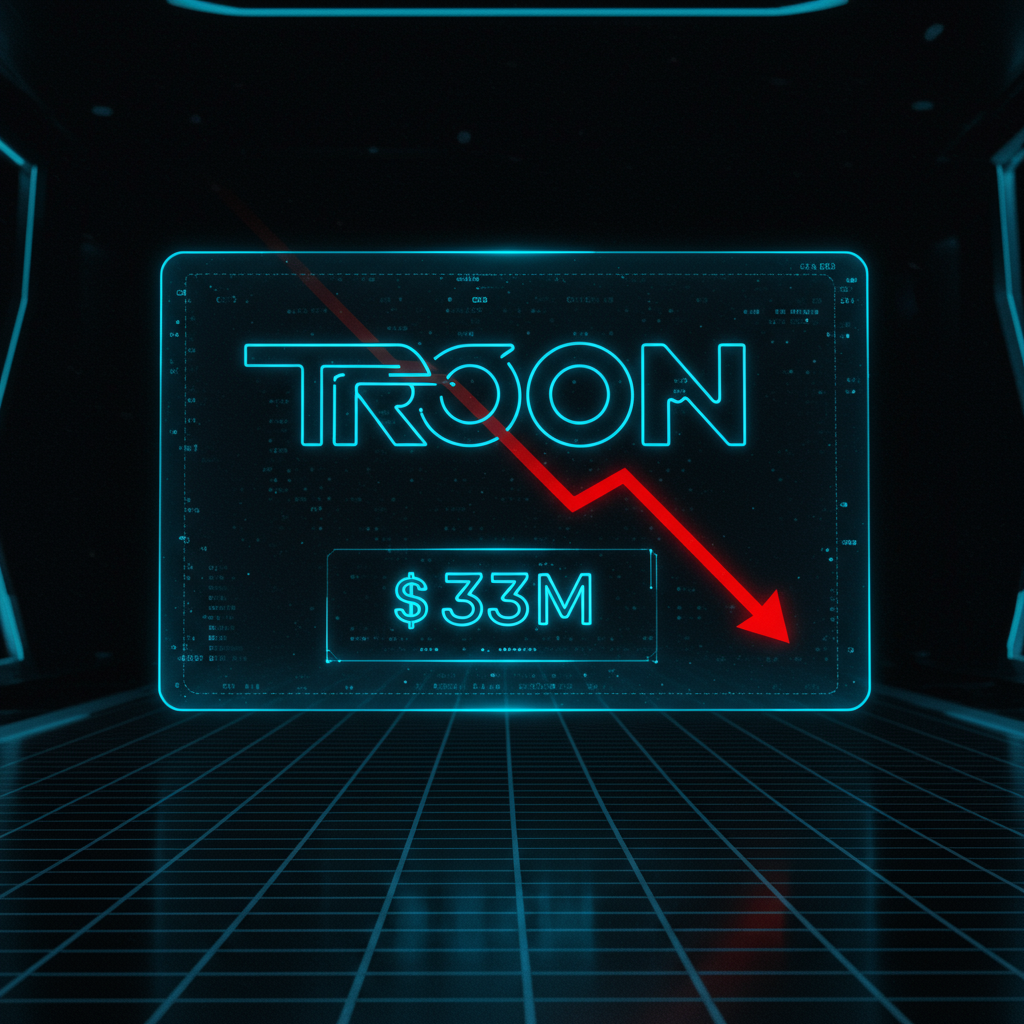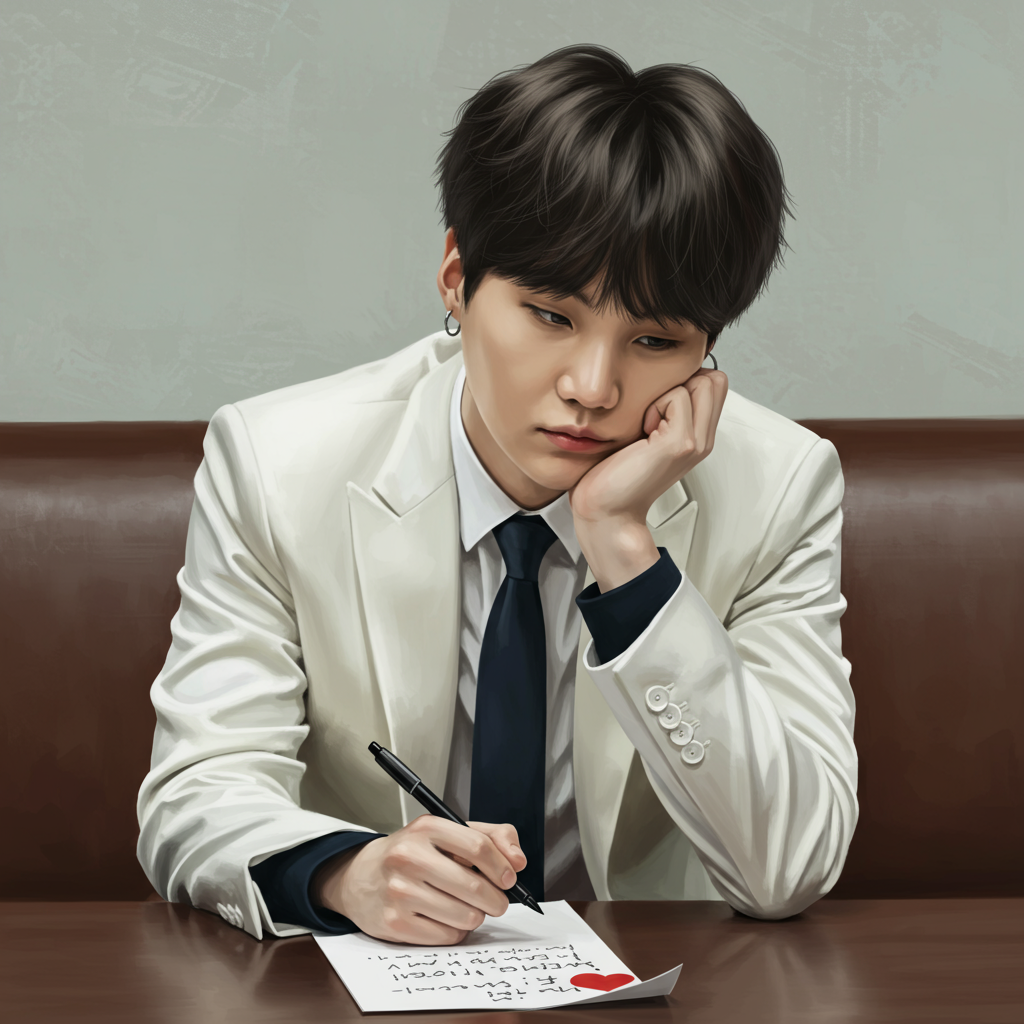BREAKING: The high-profile federal trial of Sean “Diddy” Combs has reached a dramatic crossroads. After extensive deliberations, the jury is deadlocked on the pivotal racketeering (RICO) charge, despite reaching verdicts on four other counts. This impasse introduces significant uncertainty into a complex case that has spanned over two months of testimony and expert legal analysis. Legal observers are intensely scrutinizing the jury’s inability to reach a unanimous decision on the most serious count, which carries a potential sentence ranging from 20 years up to life in federal prison. The judge has instructed the jurors to continue their efforts, underscoring the difficulty of applying intricate federal law to the allegations presented.
Jury Deadlock Highlights RICO Charge Difficulty
The federal case against Sean “Diddy” Combs, which commenced two months ago with jury selection and featured seven weeks of prosecution testimony, has arrived at a critical juncture. Following nearly 14 hours of deliberation over two days, the 12-person jury (composed of eight men and four women from various New York boroughs) notified Judge Arun Subramanian of their inability to agree unanimously on the federal racketeering count. This specific charge, rooted in the Racketeer Influenced and Corrupt Organizations Act (RICO), stands out for its complexity and potential penalties.
While the jury confirmed they had reached unanimous decisions on the four other charges against Combs – including two counts of sex trafficking by force, fraud, or coercion, and two counts of transportation to engage in prostitution – the unresolved RICO count is paramount. A guilty verdict on the sex trafficking charges carries a statutory minimum of 15 years, and transportation charges have a maximum of 10 years. The deadlock means the overall resolution of the trial remains pending, despite consensus on some counts.
Why Racketeering Charges Are Inherently Complex
Legal experts widely agree that the intricate nature of federal racketeering law is the most likely factor contributing to the jury’s difficulty. RICO was initially designed to target organized crime syndicates, requiring proof not just of individual criminal acts but that those acts were part of a larger, coordinated “criminal enterprise.” Former federal prosecutor Trey Gowdy noted the challenge even for experienced lawyers in explaining RICO effectively. Expecting average citizens to grasp concepts like a “criminal enterprise” structure and how seemingly disparate actions constitute “predicate acts” within that framework presents a significant hurdle.
Criminal defense attorney John W. Day questioned whether Combs’ lifestyle, however unconventional or disturbing it might appear, truly constitutes a criminal enterprise comparable to traditional organized crime as alleged by the prosecution. Attorney Eric Faddis pointed to the “criminal enterprise element” as a potential stumbling block for the jury. He highlighted that the government did not charge any co-conspirators alongside Combs. They also did not call other individuals alleged to be part of the supposed enterprise to testify. This perceived lack of external corroboration for the enterprise’s existence and structure may have sown doubt among some jurors.
The prosecution aimed to demonstrate that Combs operated a cohesive criminal enterprise over decades. They presented a vast array of evidence, including witness testimony from 30-34 individuals (including former girlfriends and employees), texts, bank records, and audio recordings. The government contended this evidence showed a pattern of alleged crimes including sex trafficking, forced labor, drug distribution, and more, facilitated through Combs’ businesses and staff. Prosecutor Christine Slavik argued Combs felt “untouchable” due to his money and power. The jury’s deadlock on RICO suggests that not all 12 jurors were ultimately convinced beyond a reasonable doubt that the prosecution conclusively proved the existence of the alleged criminal enterprise.
Insights Gleaned from Jury Notes
During their deliberations, the jury sent notes to the court, providing valuable insight into the specific issues they were grappling with. These requests indicate the jurors were meticulously reviewing key pieces of evidence and testimony. They requested transcripts for detailed testimony from Cassie Ventura. These included her accounts of an argument during a 2013 trip to Cannes, testimony related to an incident at the InterContinental Hotel (potentially referencing the widely publicized 2016 surveillance footage), and her testimony regarding alleged “freak offs” involving a male escort.
The jury also sought the transcript of Daniel Phillip’s testimony concerning an alleged fight between Combs and Ventura at the Essex Hotel. These transcript requests underscore the jury’s intense focus on assessing the credibility of key witnesses and carefully examining the evidence related to specific alleged incidents, which could potentially serve as “predicate acts” for the racketeering charge.
Another crucial note revealed the jury’s struggle with applying legal definitions to the facts presented. Jurors asked for clarification on the definition of drug distribution, specifically querying: “If a recipient asks for a controlled substance, and another person hands it over to them, are they distributing?” While Combs isn’t directly charged with drug distribution, the prosecution alleged drug-related activities as part of the “criminal enterprise.” The judge directed them to the relevant legal definition provided in the jury charge document. Early in deliberations, a note also indicated one juror was not following instructions, prompting the judge to reiterate the duty of all jurors to deliberate diligently without revealing internal details.
Defense Strategy Called ‘High Stakes Poker’
A highly debated aspect of the trial among legal experts was the defense’s decision to rest their case without calling any witnesses. Former federal prosecutor and Fox News contributor Trey Gowdy characterized this move as “high stakes poker,” suggesting it is typically a risky strategy. He explained that when the defense presents no evidence or witnesses, they rely entirely on arguing the prosecution failed to meet its burden of proof beyond a reasonable doubt. Gowdy believes many jurors do not fully grasp the nuances of this legal burden and benefit from the defense providing affirmative “reasons for doubt” beyond simply challenging the government’s case through cross-examination.
Combs himself confirmed to the court that the choice not to testify was “solely my decision,” made after discussions with his legal team. This approach placed the entire weight of the defense onto scrutinizing and attempting to dismantle the government’s extensive narrative. The jury’s deadlock on the central RICO charge could be interpreted in various ways regarding the effectiveness or potential risks of this non-traditional defense strategy.
Expert Analysis of Key Evidence and Charges
Legal experts offered varied analyses throughout the trial regarding the evidence and its potential impact on the jury. Regarding the Transportation to Engage in Prostitution charge, attorney Eric Faddis initially speculated Combs “might be cooked” based on sex worker testimony about being transported for sex. However, the defense countered by arguing Combs was paying for time, not specifically sexual performance, a point Faddis acknowledged could support an acquittal on this count.
The Sex Trafficking by Force, Fraud or Coercion charge also presented complexities. Faddis noted admissions during cross-examination by both alleged victims, Cassie Ventura and “Jane,” that they willingly participated in some “freak offs” and took drugs beforehand. He suggested these admissions could lead jurors to question the element of coercion. Yet, he also recognized their “compelling, evocative testimony” detailing alleged physical abuse and financial coercion, sometimes supported by photographic evidence. Criminal defense attorney John W. Day felt a “not guilty” verdict on the Racketeering Conspiracy charge was unlikely, viewing the defense’s main hope as a hung jury. He described the prosecution’s evidence as “overwhelming,” arguing it built a strong case of Combs overseeing a “little kingdom of criminal activity” designed for his desires, seemingly meeting the legal elements.
However, Day conceded that securing a racketeering conviction is inherently difficult, requiring the jury to accept the theory that Combs’ alleged criminal activities were foundational to his business empire structure, not just isolated acts. Paul Mauro, a retired NYPD inspector, called the case a “rare nail-biter” for the Southern District of New York (SDNY), known for its high conviction rate. Mauro highlighted prosecution challenges in definitively proving coercion over what some might perceive as transactional sexual relationships. He also questioned if alleged drug and weapons allegations alone could establish the complex racketeering entity required by law.
What Happens Next: Potential Outcomes
With the jury deadlocked on the racketeering count but having reached verdicts on the others, the immediate path forward involves continued deliberation. Judge Subramanian instructed the jury to return to the jury room and persist in their efforts to reach a unanimous decision on the unresolved charge. He reiterated a portion of the jury charge emphasizing their duty to deliberate and strive for a complete verdict without surrendering their honest convictions simply to conform with others.
At this stage, the judge indicated he was not considering accepting a partial verdict – meaning he would not accept the verdicts on the four agreed-upon counts while declaring a mistrial on the hung RICO count. Both the defense and prosecution reportedly informed news outlets they do not wish to accept a partial verdict at this time. This collective stance compels the jury to continue working towards a unanimous decision on the racketeering charge. If, after further deliberation and potentially additional guidance from the judge (such as an “Allen charge,” though controversial), the jury remains unable to agree unanimously on the racketeering count, the outcome would be a hung jury on that specific charge.
In this scenario, the court could then accept the verdicts on the four counts where the jury agreed and declare a mistrial solely on the hung racketeering count. This could open the door for the prosecution to pursue a retrial specifically on the racketeering charge at a future date, or they could choose not to retry that count. Legal experts anticipate that depending on the final resolution, there will likely be “many” grounds for appeal. Court proceedings ended for the day on Tuesday with jurors instructed to resume deliberations the following morning, July 2nd, potentially extending into July 3rd despite the approaching holiday.
During these tense recent proceedings, Sean Combs was observed in the courtroom. He was seen taking notes, interacting with his legal team, and waving to family members present, reportedly telling his mother to “just relax.” Upon leaving court, he was photographed holding two books: “The Power of Positive Thinking” and “The Happiness Advantage,” perhaps signaling his mindset amidst the uncertainty. The trial outcome holds immense consequences for Combs, who has been detained at the Metropolitan Detention Center in New York for nearly 300 days since his arrest in September 2024, facing significant career and business fallout.
Frequently Asked Questions
Why is the racketeering (RICO) charge in the Diddy trial so difficult for the jury?
The racketeering (RICO) charge is complex because it requires the jury to find more than just individual criminal acts. Prosecutors must prove beyond a reasonable doubt that Sean “Diddy” Combs was part of an ongoing, coordinated “criminal enterprise” with at least one other person, and that he committed at least two specific “predicate crimes” as part of this enterprise over several years. Legal experts explain that understanding the structure of an enterprise and how individual actions fit into a larger criminal pattern is challenging for jurors without legal training. The prosecution’s argument that Combs’ business or personal staff constituted such an enterprise, without charging co-conspirators, may have been particularly difficult for the jury to accept unanimously.
What are the potential outcomes if the jury remains deadlocked on the RICO charge?
If the jury cannot reach a unanimous verdict on the racketeering charge after additional deliberation and potential instructions from the judge, they will be considered “hung” on that count. In this situation, the judge could accept the unanimous verdicts the jury reached on the other four charges (sex trafficking and transportation counts). A mistrial would be declared solely for the racketeering count. This outcome would allow the prosecution the option to pursue a retrial specifically on the racketeering charge at a later date, although they are not obligated to do so.
What did the jury’s notes reveal about their deliberations in the Diddy trial?
The jury’s notes indicated they were meticulously reviewing specific witness testimony and grappling with complex legal definitions. They requested transcripts related to key alleged incidents, including Cassie Ventura’s testimony about events in Cannes, at the InterContinental Hotel, and about “freak offs” involving a male escort, as well as Daniel Phillip’s testimony about an incident at the Essex Hotel. These requests suggest they were closely examining potential “predicate acts” for the RICO charge. Additionally, a note asking for clarification on whether handing someone a requested controlled substance constitutes “distribution” highlights their struggle to apply legal definitions to facts presented, particularly as drug activities were alleged as part of the supposed criminal enterprise.



